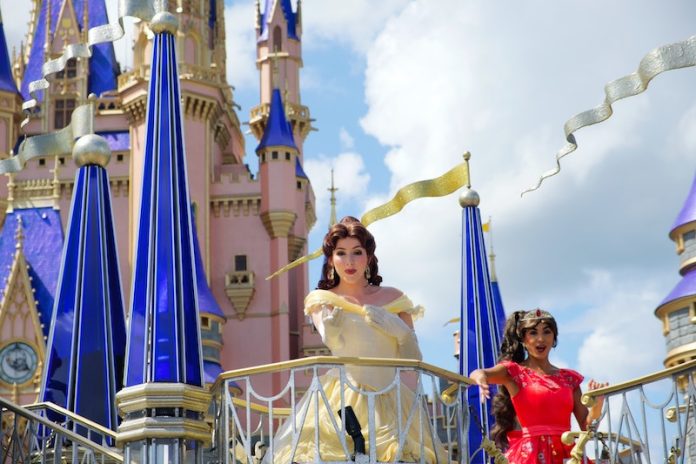
Disney princesses have been captivating children’s hearts since the premiere of “Snow White and the Seven Dwarfs” in 1937.
While their impact has largely been considered positive, some parents have raised concerns about their influence on children’s body image and gender roles.
New research from the University of California, Davis suggests that these beloved characters may actually boost children’s confidence in their own bodies and promote diversity in play.
The Research
The study, titled “Ariel, Aurora, or Anna? Disney Princess Body Size as a Predictor of Body Esteem and Gendered Play in Early Childhood,” was led by Jane Shawcroft, a doctoral student at UC Davis.
Conducted from 2020 to 2021, the research involved 340 children and their caregivers in the Denver area.
Researchers categorized the princesses based on body type—thin, average, and above average/heavy—and evaluated their impact on children’s body esteem and choice of play.
Body Esteem
The study found that children who favored princesses with average body types, like Moana, had higher body esteem a year later compared to those who preferred princesses with other body types.
Shawcroft suggests this may be because princesses with average body sizes are portrayed as physically active in their stories.
“For these princesses, their stories are more about what they can do with their bodies than how their bodies look,” she says.
Gendered Play
Additionally, the research revealed that children who favored princesses with average body types were more likely to engage in diverse types of play, irrespective of gender norms.
According to the study, these effects were especially significant for children who frequently pretended to be princesses in their play.
Princesses Do No Harm
Importantly, the study found that having a favorite princess with a thin body did not negatively impact children’s body esteem or gendered play.
Instead, the benefits of favoring a princess with an average body size were described as a “protective effect,” enhancing children’s body confidence and freeing them to engage in different types of play.
Conclusion
Shawcroft argues that Disney princesses hold more significance than most people assume, especially for children of both genders.
“Disney princesses really matter to young children, and we should also recognize that media centered on women and that tell women’s stories are important,” she says.
While the debate over the impact of Disney princesses on children may continue, this research suggests that these characters may be more of a boon than a bane, at least when it comes to promoting body confidence and diverse play.
If you care about child development, please read studies that cats may help decrease anxiety for kids with autism and new study may develop better treatment for autism
For more information about health, please see recent studies about how to eat your way to a healthy brain, and results showing this type of food may contribute to autism.
The research findings can be found in the Psychology of Popular Media.
Follow us on Twitter for more articles about this topic.
Copyright © 2023 Knowridge Science Report. All rights reserved.




